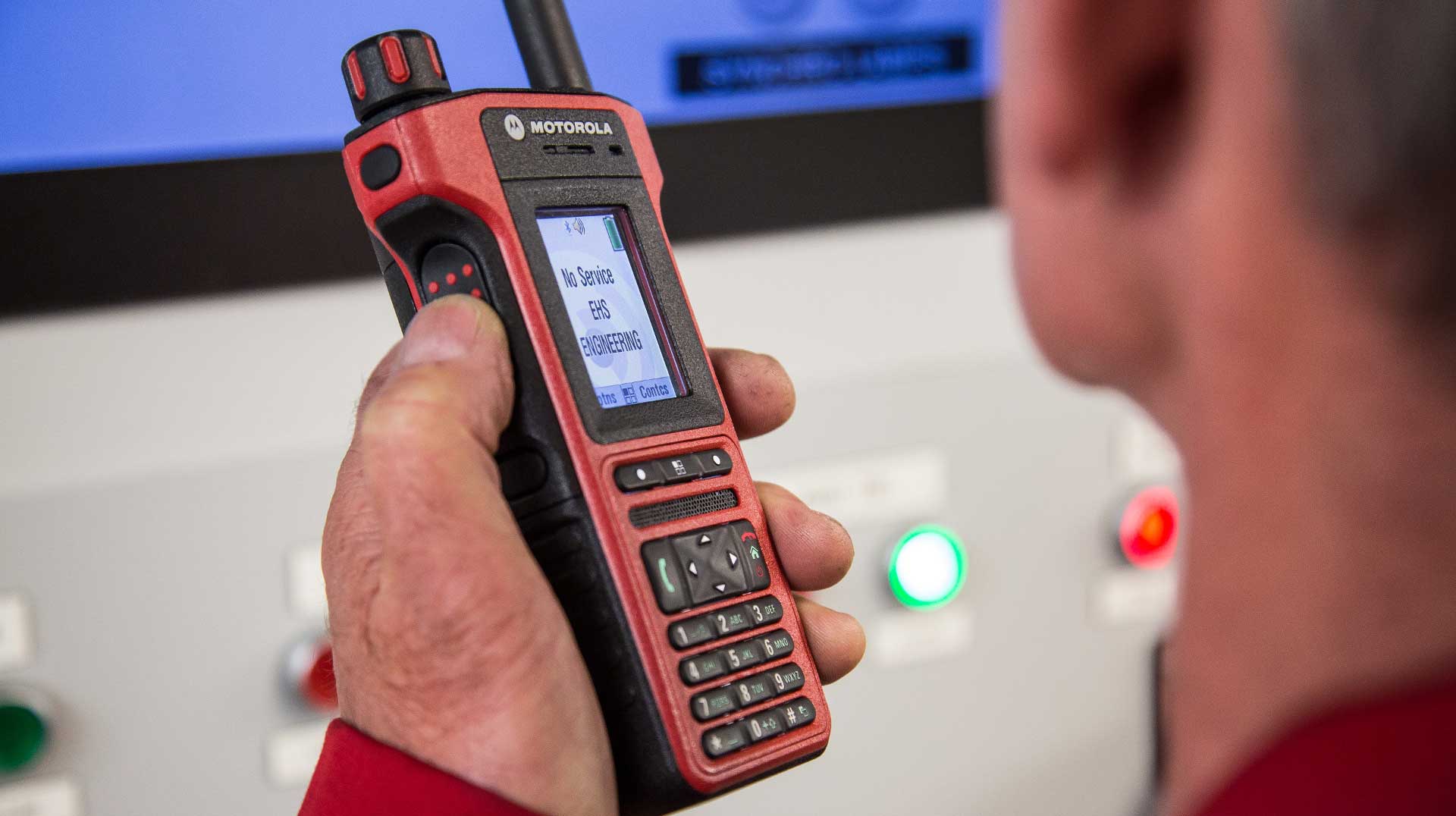Community policing, at its core, is the collaboration between law enforcement and the community. The goal of the practice is to both identify and solve issues facing the community. Community policing takes the sole responsibility of community safety from just law enforcement and places it into the hands of community members who know their neighborhoods better than anyone else. The aim is to improve not only the safety but the happiness of the community.
Exploring Community Policing
The neighborhood patrol officer is considered the “head” of a community policing entity. They are an individual hired and backed by local law enforcement whose main job is to support and mobilize community members, as well as supply them with solutions for problems in their own backyards. On the other side of that, the community is able to voice and address concerns with the help of the neighborhood patrol officer. Though the partnership is mutually beneficial, it requires a lot of energy, creativity, understanding and patience for both police officers and the communities that want to police themselves.
Benefits of community policing
The Bureau of Justice Assistance has found a number of benefits to community policing, including:
- An expanded outlook on crime control and prevention
- Encouraging community members to become active problem-solvers
- Educating the public on public safety issues
- Decreased crime
- Identify the root cause of neighborhood crime
- Increase trust in law enforcement
These three components help to decentralize police operations as the only possible response method, while also making law enforcement more accountable to the community. Community policing can also help tackle the root causes of neighborhood crime in a manner that builds trust in law enforcement.
Elements of successful community policing
Successful community policing strategies require organizational transformation, community partnerships and shared problem-solving. Without all three, efforts will not net the same benefits, which is why it helps to understand each of the three strategies in depth:
Organizational transformation
Police-community relationships require a decentralized redistribution of resources in order to give law enforcement officers a better understanding of neighborhood concerns. This can only happen with more frequent contact between police and community members.
Police departments are notoriously beholden to budget cuts. If a budget cut happens, finding enough resources to go around is difficult. As a result, law enforcement agencies started a more community-led public safety approach called Civilianization, the hiring of additional civilians to handle support roles such as dispatch, crime scene forensics, record keeping and other administrative duties.
Community policing has many advantages, including freeing up police resources, having a larger detective force and increasing contact and trust between law enforcement and communities. Hiring civilians for non-police roles also has cost-saving advantages, and in some jurisdictions, the ratio of sworn officers to full-time civilians is 2.6 to 1, compared to 30 years prior when the ratio was 8.3 to 1. This overall decrease greatly helps to realign the staffing budget.
Community partnerships
Community partnerships ultimately act to encourage interactive partnerships between law enforcement and the community they serve.
In jurisdictions that have working examples of community policing strategies, police and community groups can be found in:
- Faith-based organizations
- Tenant councils
- Business groups
- Local government agencies
- Social service providers
- Schools and higher education campuses
- Local businesses
These community partnerships are ongoing projects rather than periodic neighborhood watch meetings. Their objective? To improve and increase interactions between police and the community. Some of the most successful examples of community policing strategies at work are when police services are provided, or co-located, with other civic services such as paying utility bills or obtaining parking permits.
Much of the police interaction at co-location venues is provided by civilians or local volunteers within the community. This helps with the identification and solving of localized problems. This also provides a strong opportunity for law enforcement agencies to engage with neighborhood watch groups, share crime prevention tips and provide other important community policing resources.
Shared problem-solving
Shared problem-solving is the best result of organizational transformation and community partnerships. Police departments with the most successful community policing strategies train officers to focus on creative and active problem solving with community members This dissolves the line between the two sectors and makes the community part of the response, rather than simply reacting to crime or disorder on the other side of the fence.
The SARA Model is one of the most common approaches to shared problem-solving in community policing. SARA stands for Scanning, Analysis, Response and Assessment. The model:
- Assesses recurring issues in the community
- Identifies and analyzes them
- Consults community members
- Determines the root causes of the issues
All of this, in turn, helps find long-term solutions to address them. Evidence suggests that shared problem-solving based on the SARA Model can achieve significant reductions in crime over traditional response models.
Tech resources for community policing
Empowering communities with technology tools is essential for the success of community policing. The steps of organizational transformation, developing community partnerships and shared problem-solving rely on effective communication resources.
In the COPS manual on community policing, Community Policing Defined, the top two priorities for what communication tech needs to provide are accurate and timely information and improving two-way communication between citizens and law enforcement. Solutions like Rave Collaborate help provide communication and collaboration to assist in community policing efforts.
Rave Collaborate features include:
- Managing crisis events in order to create a “ready to react” response in the case of an unexpected crisis.
- Mitigating operational disruptions to initiate communication during the crisis.
- Tracking compliance activities to ensure that health and safety measures are tested.
- Integrating critical communication tools, like Rave Alert, for mass notification services.





Comments are closed here.